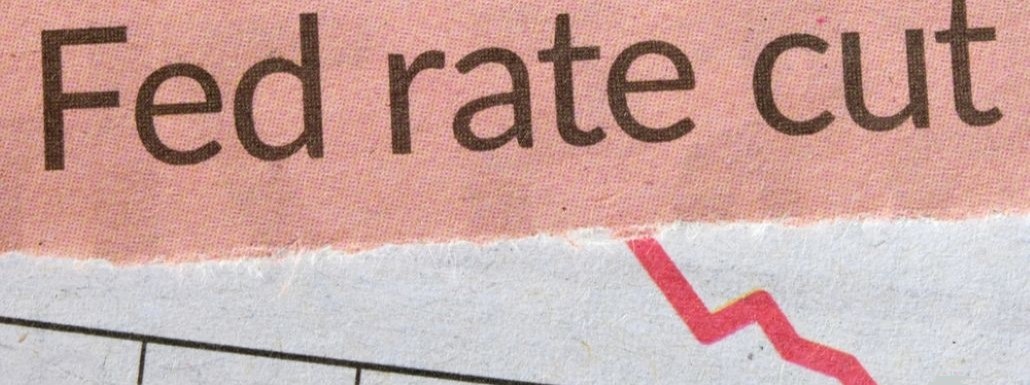Fed Rate Cut May Offer Limited Boost To Commercial Real Estate
As expected, the U.S. Federal Reserve lowered its key interest rate — a move that could encourage commercial real estate activity but won’t fundamentally alter market dynamics, experts say.
While a rate cut would reduce borrowing costs and may jumpstart some transactions, industry professionals caution that it’s just one component of a complex financial equation. In many cases, the possibility of a rate reduction has already been priced into deals, given Fed Chair Jerome Powell’s earlier signals. President Donald Trump has also publicly pressured the Fed to cut rates more aggressively.
Even with the Fed’s 25-basis-point cut, the broader impact could be muted. Advocates for a larger cut argue it’s necessary to counter slowing job growth, while others warn that aggressive easing could fuel inflation.
Still, industry leaders remain optimistic.
“A cut can be seen as nothing but positive,” said Mark Rose, CEO and Chair of Avison Young. “The cost of capital will drop, and for most projects that rely on financing, that’s a good thing.”
Rose noted that a rate reduction could restore investor confidence and support development amid lingering post-pandemic challenges — particularly in the office sector, where demand remains weak.
Fed Faces Pressure Amid Controversy
The Fed’s move comes after weeks of political pressure and internal scrutiny. Trump and the head of a housing finance agency have both called for rate cuts, and the Fed has faced allegations — disputed by officials — involving a board member and the handling of renovations at its Washington, D.C. headquarters.
Trump, on social media, continued to push: “‘Too Late’ MUST CUT INTEREST RATES, NOW, AND BIGGER THAN HE HAD IN MIND. HOUSING WILL SOAR!!!”
Current Rate Environment
The Fed’s benchmark rate has held steady at 4.25%–4.5% since December, following three cuts last year that collectively lowered rates by 100 basis points. This comes after 11 rate hikes in 2022 and 2023, designed to tame post-pandemic inflation.
Although lower rates may improve financing conditions, they don’t automatically shift property valuations or capitalization rates — the expected return on investment properties.
As Rebecca Rockey, Deputy Chief Economist at Cushman & Wakefield, explained: “Unless Chair Powell significantly changes his tone in forward guidance, we shouldn’t expect much to change immediately. This is really about managing expectations.”
Slower Job Growth Sets The Stage
Some industry players see signs of hope.
“If rates come back down, it could stabilize pricing in office and improve valuations in industrial and multifamily,” said Gerry Trainor of Transwestern.
Chad Littell, CoStar Group’s Director of Capital Markets Analytics, echoed the sentiment: “A rate cut could ease pressure on short-term borrowers and improve investor sentiment. But for valuations to rise meaningfully, we need a return of strong rent growth and renewed investment appetite.”
Inflation And Tariffs Still Weigh On Market
The Fed’s decision comes as inflation has eased from its pandemic highs. Still, higher financing and operating costs continue to weigh on commercial real estate.
Office markets remain in recovery mode, with some assets trading well below pre-pandemic valuations. Meanwhile, shifting tariff policies have added further uncertainty. Cushman’s Rockey noted that the inflationary effects of tariffs are still a concern for the Fed.
Capital-intensive projects across several states, including Pennsylvania, Vermont, and Virginia, have stalled due to high interest rates
“Higher rates had an immediate dampening effect on transaction volumes,” Rockey said.
Industrial And Multifamily Sectors Feel The Strain
Industrial real estate also experienced a slowdown. According to NAIOP, only 27 million square feet of space were absorbed in the first half of the year, with a rare net decline of 11.3 million square feet in Q2 — the first contraction since 2010.
NAIOP forecasts that falling interest rates and more tariff clarity could revive industrial demand by early 2026.
In multifamily, investor activity is split. Some are ready to move, while others remain cautious. JPMorgan Chase’s August market update reported a 35.1% drop in apartment starts between Q1 2024 and Q1 2025, driven by economic uncertainty, high rates, and rising construction costs.
“There is more conviction in the market now,” wrote Kurt Stuart, co-head of commercial term lending at JPMorgan. “More acquisitions are happening, but many investors remain disciplined.”
Bottom Line
A rate cut — even a modest one — may bring a much-needed boost to commercial real estate sentiment. But professionals across the sector agree: monetary easing alone won’t resolve deeper structural issues. Confidence, clarity on trade policy, and sustained rent growth will be critical for meaningful recovery.
Source: CoStar



